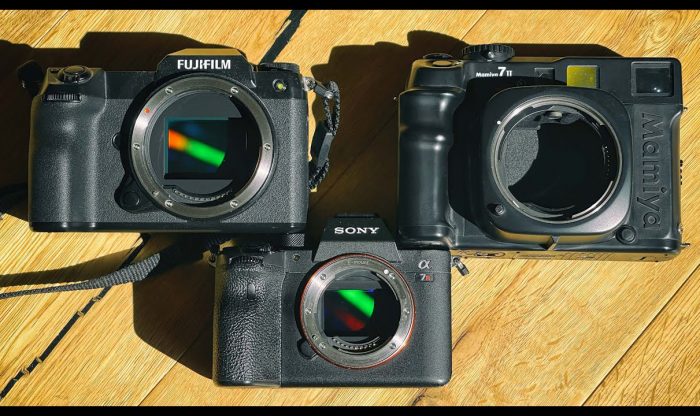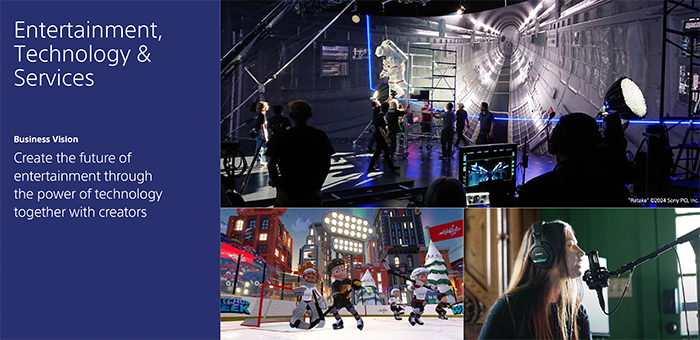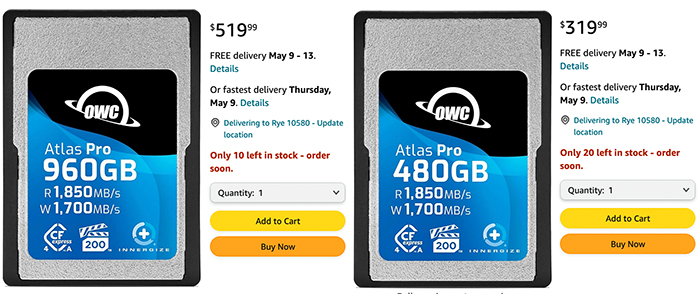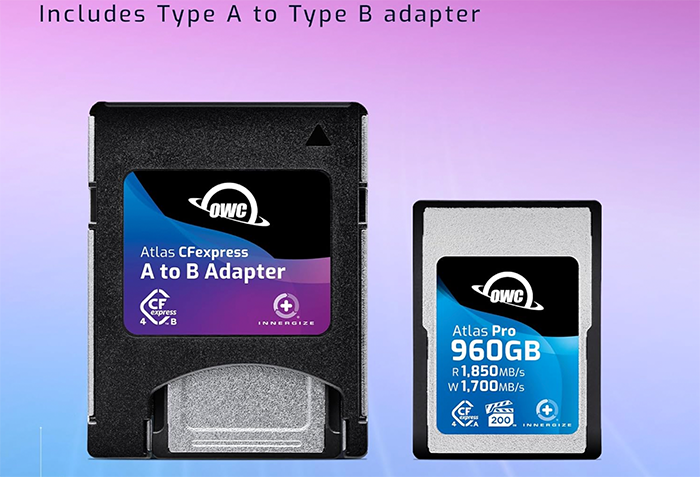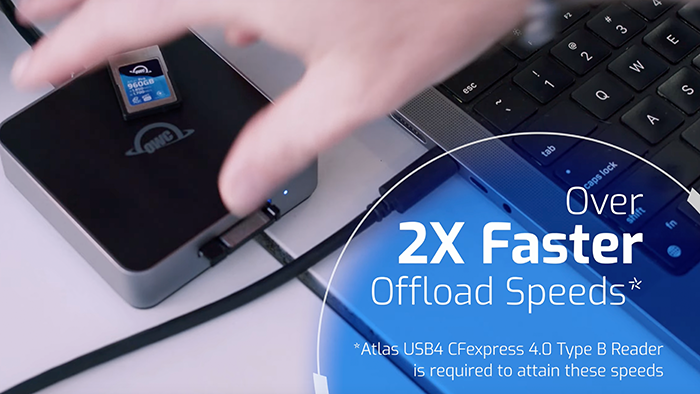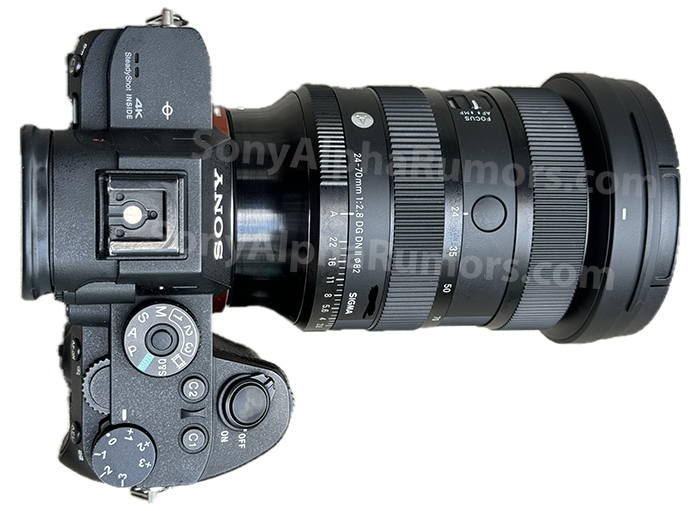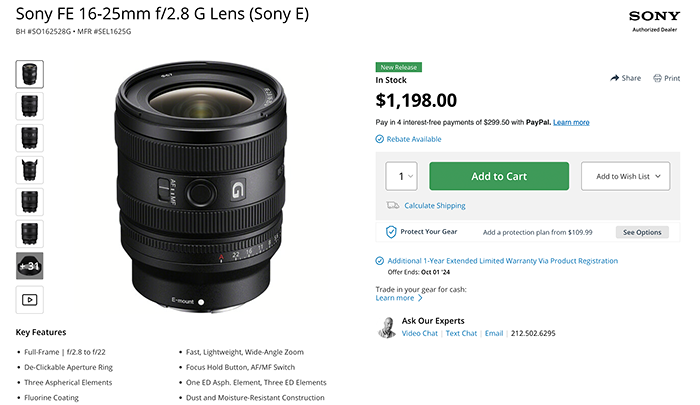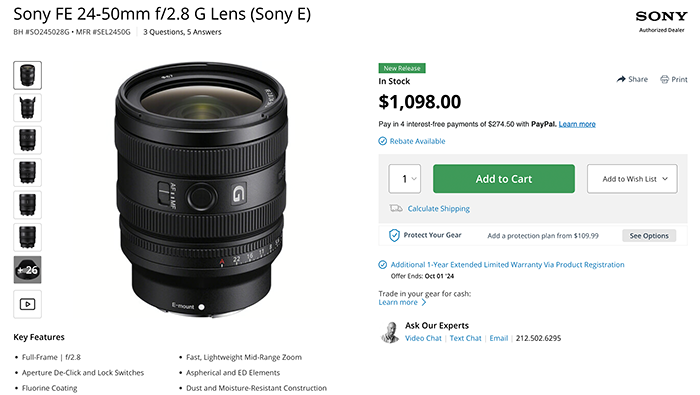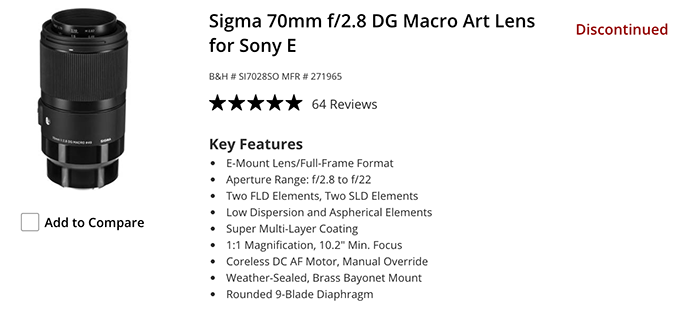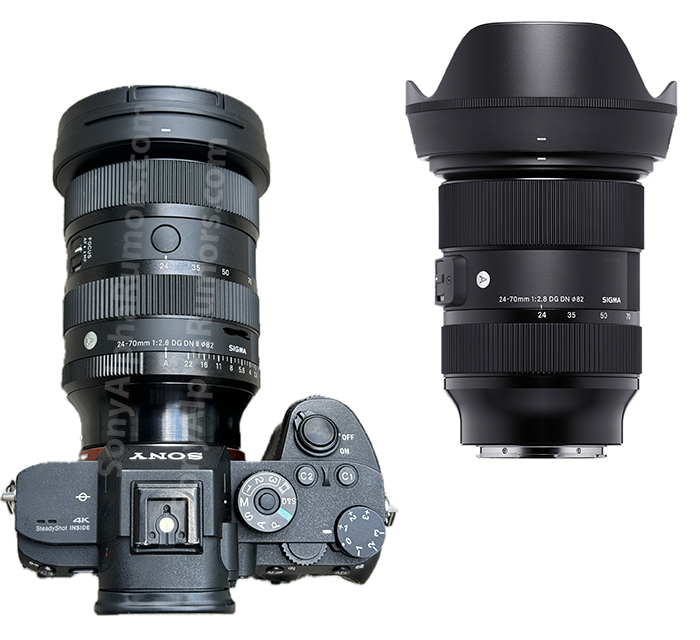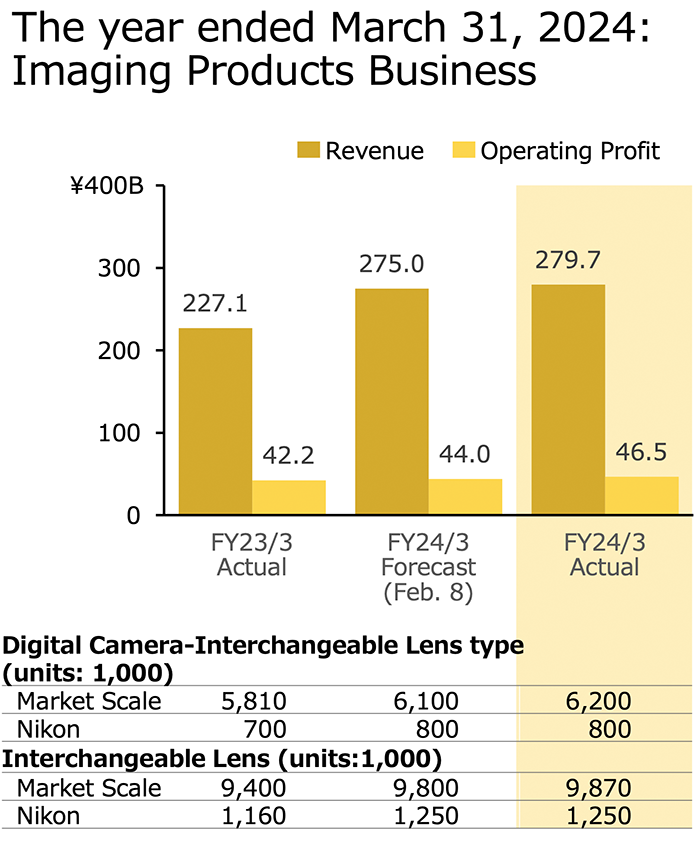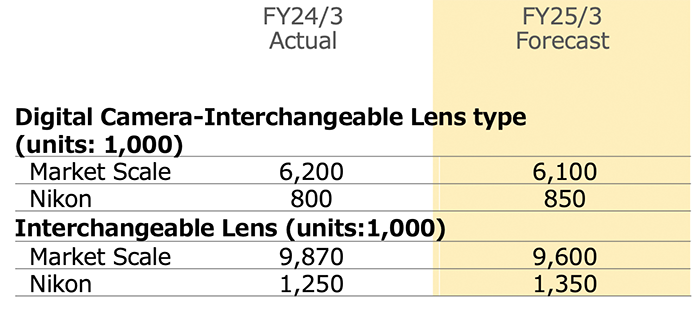Sony Tidbits…
Adapt Bronica ETR Lenses to your Sony E Camera with Shift! – Bronica ETR to Sony E Shift Adapters
Today deals at Amazon, BHphoto, Adorama, Amazon DE, Amazon UK, Amazon FR, Amazon IT, FotoErhardt DE, FotoKoch DE.
Crazy Small SONY 500mm f8 Reflex Lens (Richart Asia).
Astrhori 25mm F2.8 2x-5x Super Macro Review (Artur R).
Do Clip-On Camera Fans Stop Overheating Issues? (Geeky Nerdy Tech).
Travel Tripod Reinvented: The Peak Design Travel Tripod (Explora).
What is a Scrim in Photography & How to Use It (42West).
Follow our new Youtube channel.
Join our SonyAlphaForum.
I kindly invite you all to follow our Discord channel, Instagram, Facebook, Threads and Twitter to not miss news and rumors
We have our own Facebook camera groups you can join to discuss the upcoming new cameras in detail:
Sony Alpha group. Sony A1 group. Sony A9 series group. Sony A7r series group. Sony A7s series group. Sony A7 series group.
